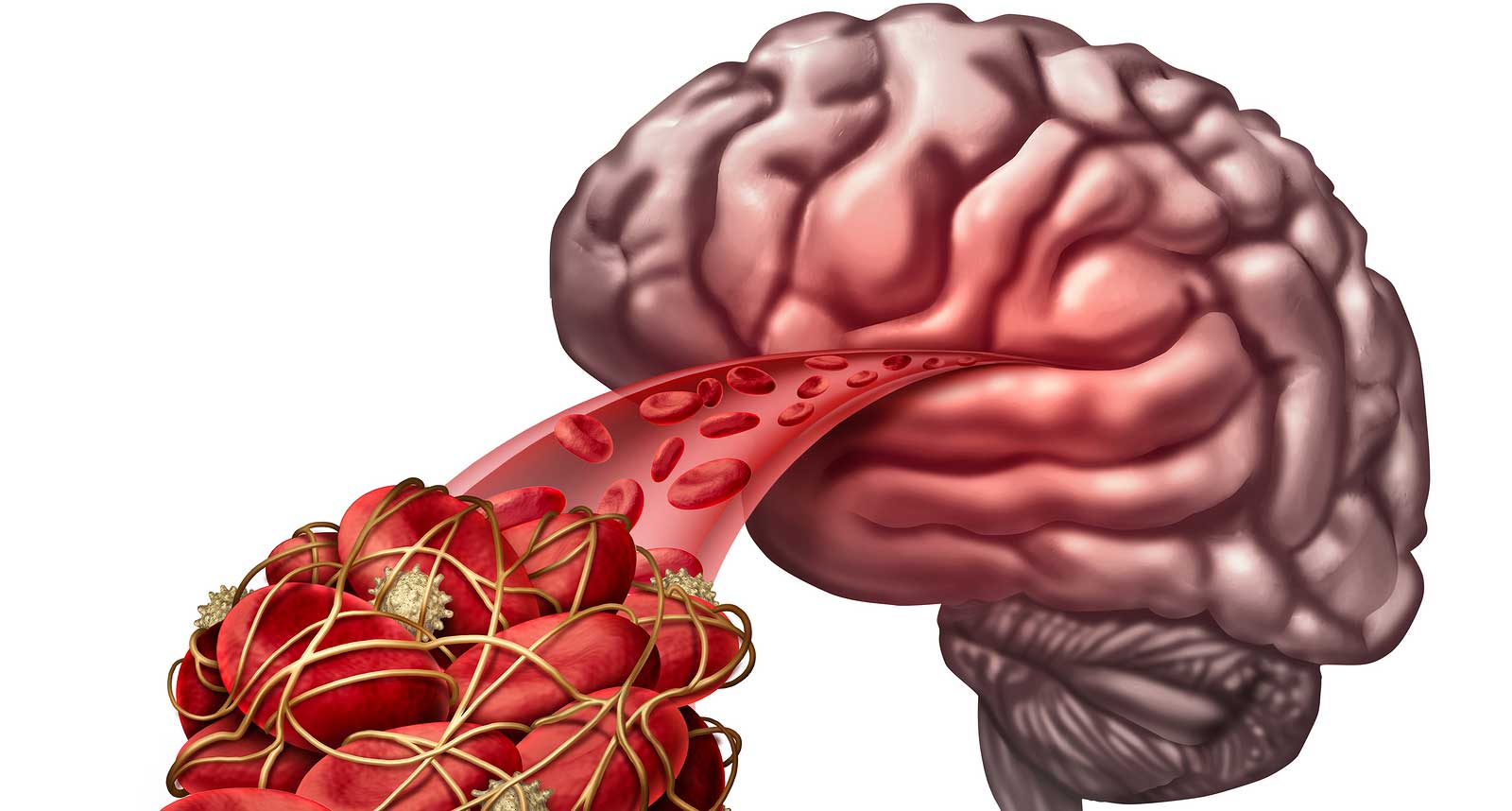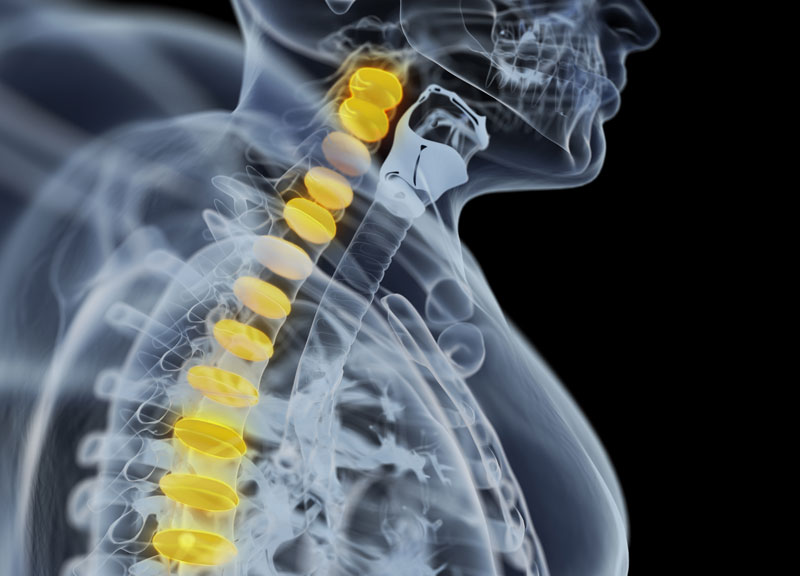What is Cerebral Artery Thrombosis?
Also referred to as ischemic stroke, cerebral artery thrombosis occurs as a result of a blocked artery in the brain. Human brain depends on its arteries to receive fresh blood from the heart and lungs. This is important because blood carrying oxygen and nutrients nourishes the brain and flushes out the harmful carbon dioxide and cellular waste.
When an artery is blocked, the brain cells (neurons) are unable to create ample energy. After some time, these cells stop working. Blockage for more than a few minutes is hazardous because the brain cells may die due to lack of supply of blood. Instant medical treatment is critical under such situations.
The Causes
The condition may be caused by a variety of diseases:
– Narrowing of the arteries in the head or neck
– Atherosclerosis
– Gradual deposition of cholesterol
– Narrowing of the arteries leads to collection of blood cells and formation of blood clots. These blood clots block the artery at the site of formation (thrombosis). These may even dislodge and get trapped in arteries closer to the brain (embolism).
– Blood clots in heart due to irregular heartbeat (atrial fibrillation), abnormalities of the heart valves, or heart attack.
– Street drugs
– Traumatic injury to the neck blood vessels
– Disorders associated with blood clotting
Types of Ischemic Stroke or Cerebral Artery Thrombosis
It is possible to categorise ischemic stroke two main types:
1. Thrombotic Stroke
2. Embolic Stroke
Thrombotic Stroke
This kind of stroke occurs due to blockage of damaged cerebral arteries resulting from a blood clot within the brain. Also referred to as cerebral thrombosis or cerebral infarction, the condition is known to be responsible for around 50 per cent of all strokes.
Cerebral thrombosis can be further categorized into an additional two parts that correlate to the precise blockage location within the brain. These include:
1. Large-vessel Thrombosis – This condition defines blockage in one of the brain’s larger blood-supplying arteries such as middle cerebral, carotid etc.
2. Small-vessel Thrombosis – Small-vessel thrombosis involves at least one (or more) of the smaller yet deeper, penetrating arteries of the brain. This type of stroke is also referred to as a lacuna stroke.
Embolic Stroke
This condition is caused by a clot within an artery. However, the clot (or emboli) is different from that of thrombotic stroke as it forms on a site other than in the brain. Most commonly, these are formed in the heart and travel within the bloodstream until they become lodged (unable to travel any further). This results in restriction of blood flow to the brain and physical and neurological deficits.
Who Gets It?
Cerebral artery thrombosis or ischemic stroke is the most common type of stroke. This condition accounts for around 88 percent of all strokes. There is no age limit for stroke. The condition can affect people of all ages, even children. A large number of individuals with ischemic strokes are older (60 or more). The risk of developing this condition increases with age.
Women are more prone developing this condition as compared to men. According to a research, over 55,000 more women than men have developed a stroke. Ischemic stroke is more common among African-Americans as compared to other ethnic groups. Certain medical conditions can make one more vulnerable to stroke, such as diabetes, high blood pressure (hypertension), and heart disease. Smoking also increases the risk of developing ischemic stroke.





